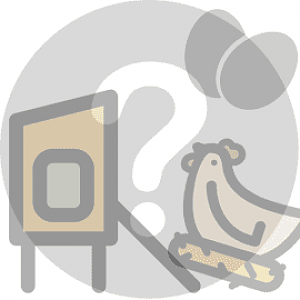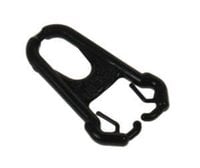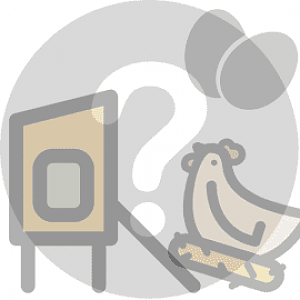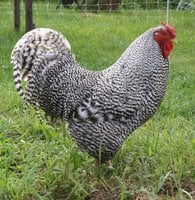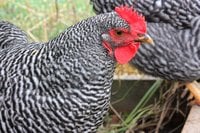The veterinarians like it, the birds like it, and it makes the eggs taste very good. We've tried other brands, and always gone back to Purina because the eggs taste better when we feed it.
We've fed both pellets and crumbles.
The fifty pound bags work well for us.
We've fed both pellets and crumbles.
The fifty pound bags work well for us.

